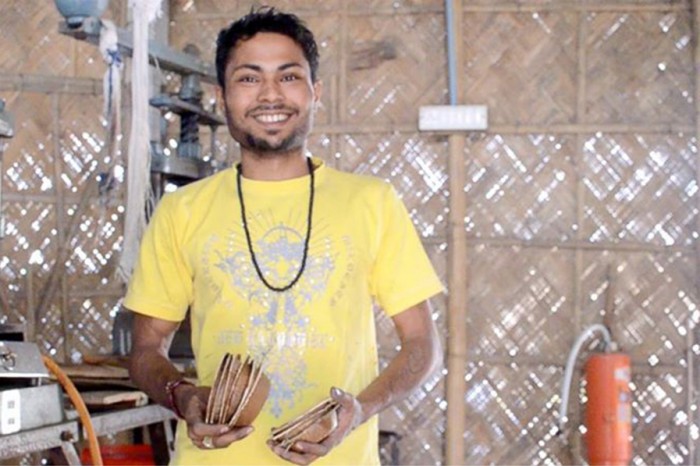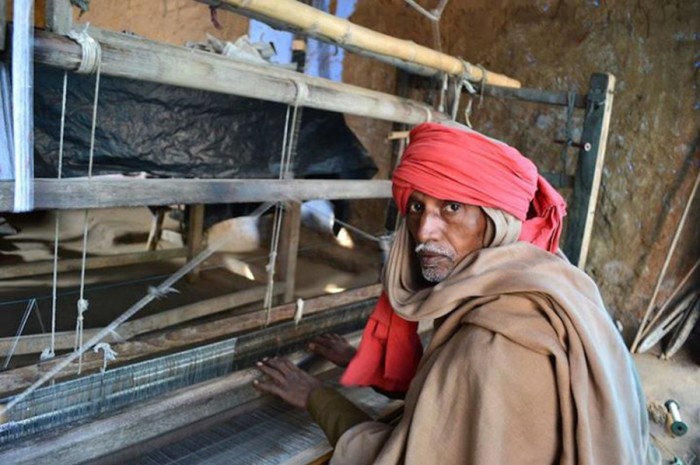
Extreme poverty is an unavoidable reality in India. The first time I traveled in the country — as an inexperienced and idealistic 20-year-old backpacker — I was shocked by the families living on the street, the children begging for food, the old women breaking rocks on the side of the road.
I wondered what could be done to help these people — the poorest of the poor. Some travelers gave them money, others didn’t. One (loosely) quoted the Bible by saying “Sarah, the poor are always with us.”
Everyone seemed convinced that extreme poverty was an intractable problem beyond straightforward solutions.
But Sachi Shenoy disagrees. She says these “ultrapoor” just need jobs.
“In India we estimate that there are almost 400 million people living under the extreme poverty line. … One of the root causes (is) unemployment and underemployment” explains Shenoy, executive director and a co-founder of Seattle-based nonprofit Upaya Social Ventures.
Upaya — which recently received a grant from The Seattle International Foundation, the foundation that funds this column — hopes to address that unemployment by investing in business ventures that have the potential to expand and employ those who otherwise have few, or no employment opportunities.
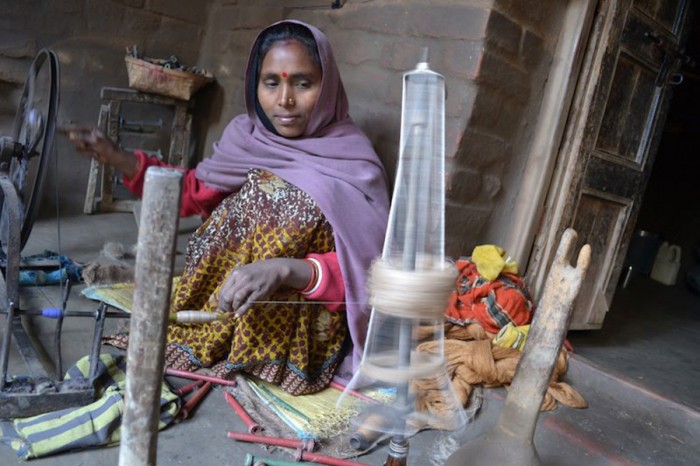
Shenoy says she was inspired to start Upaya while working for a microfinance organization in Delhi, India. Microfinance is a development approach that lends money to poor people, usually for small-business ventures. She says the microfinance approach tends to focus on the “midlevel poor” — people who made $2 to $4 a day — rather than the “ultra poor” — those who make less than $1.25 a day.
“There was a cutoff for being too affluent and then there were people we would do surveys on and say, ‘These people are too poor; they’re too much of a credit risk,’ ” says Shenoy, describing the selection process for microfinance applicants with organization she formerly worked with. “That’s when my interest got piqued. … If we’re really trying to alleviate poverty, what do we do about the extreme poor?”
Her answer was Upaya, which focuses on entrepreneurs who have ideas with big business, and thus, big employment potential. They offer investments, not loans, with the hope of creating jobs for those often left behind by microfinance.
“You can think of us as the angel funders for small businesses in India,” says Shenoy, explaining that Upaya makes a point of working with entrepreneurs who may have trouble attracting traditional investors or securing bank loans.
The investments, usually between $10,000 and $75,00, go to businesses from areas that have a large concentrations of “ultra poor.”
The goal is to help grow promising businesses with capital as well as mentorship. In exchange, business owners promise to hire the poorest people in their region as jobs are created.
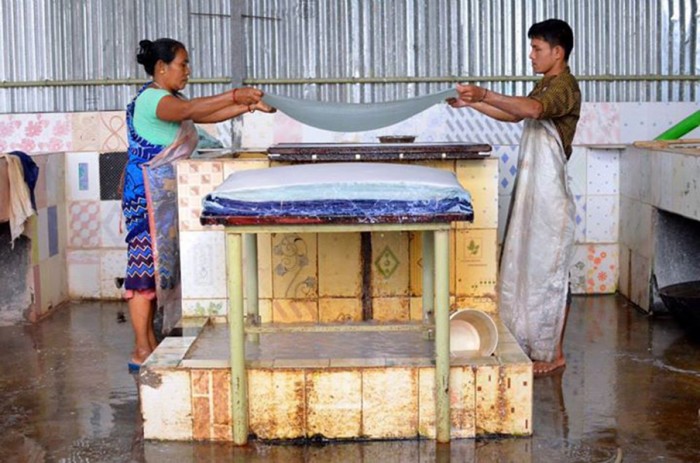
In the past three years, Upaya has invested in six businesses, ranging from a dairy collective to a company that makes “luxury paper” out of rhino and elephant dung, and an operation that turns fallen palm leaves into biodegradable plates. All told Upaya ventures now employ more than 1,100 people in jobs that pay, on average, between $2.25 and $4 a day.
It’s still a tiny paycheck for a tiny percentage of the millions living in desperate poverty. But it’s enough to move those few from that dangerous ultra poor category to the more stable midlevel-poor group. At this level, people can begin to secure housing, eat regularly, keep kids in school and even address chronic health problems — all developments that Shenoy says they’ve seen among workers employed by their Upaya ventures.
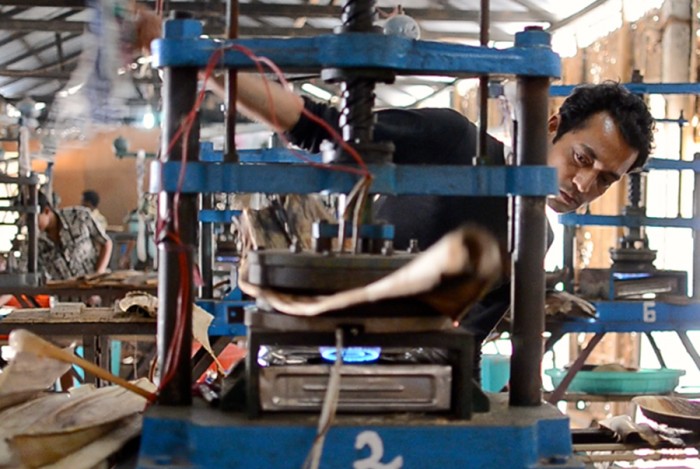
Creating stable, decent-paying jobs in some of India’s poorest (and often) rural communities is a difficult business. Shenoy says their first business (the dairy collective) endured religious unrest and droughts in the first year. It was an experience that taught them to think in “contingency plans” and to closely consult with entrepreneurs about specific needs (special accountants to help prevent corruption and bribery, for example).
But it’s worth it to reach those who might not otherwise be reached, says Steve Schwartz, a fellow co-founder of Upaya. For him, the mission boils down to one of simple belief.
“The best way to get someone out of extreme poverty,” says Schwartz, “is to pay them better than someone living in extreme poverty.”
Maybe the “ultra poor” aren’t such an intractable problem after all.
